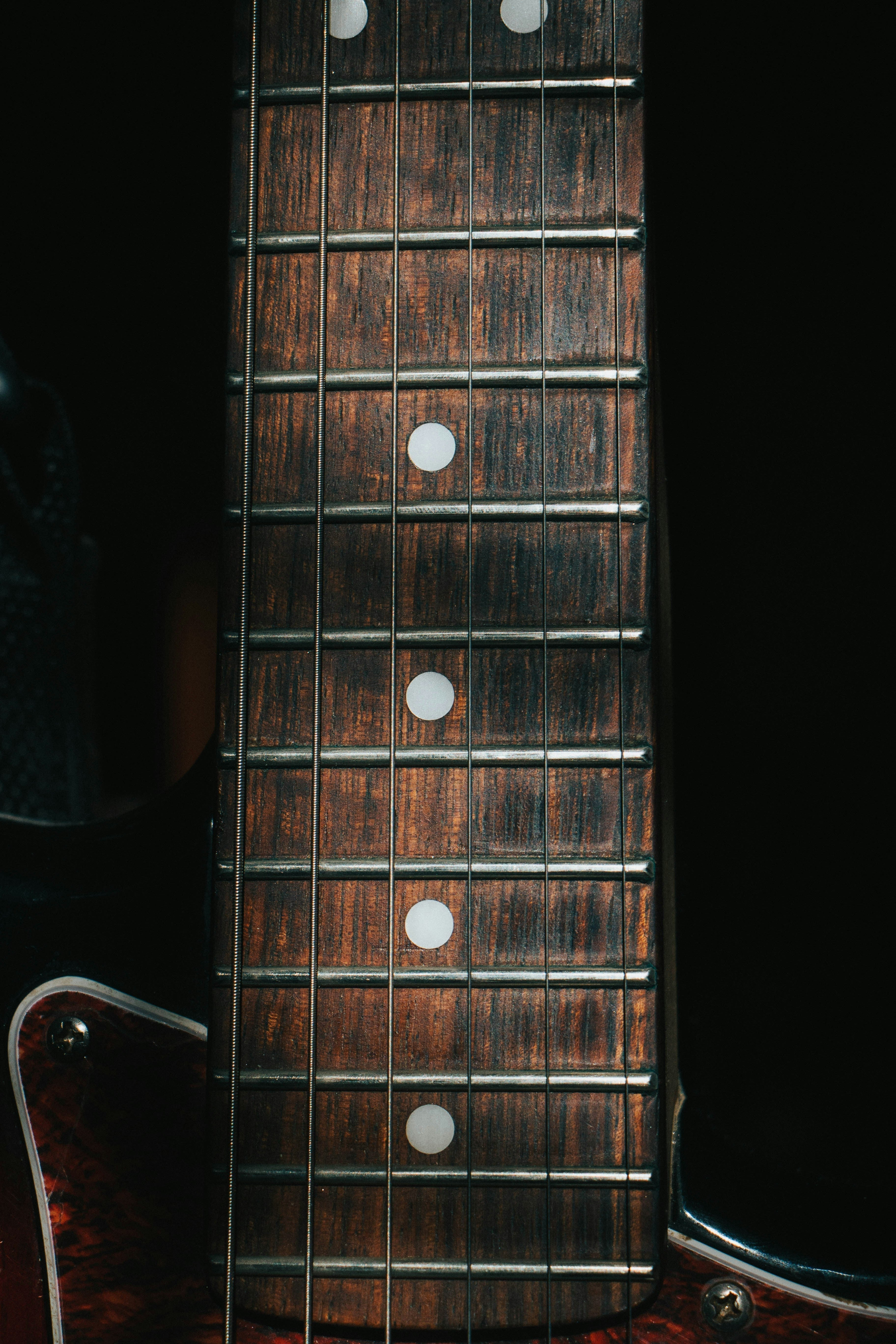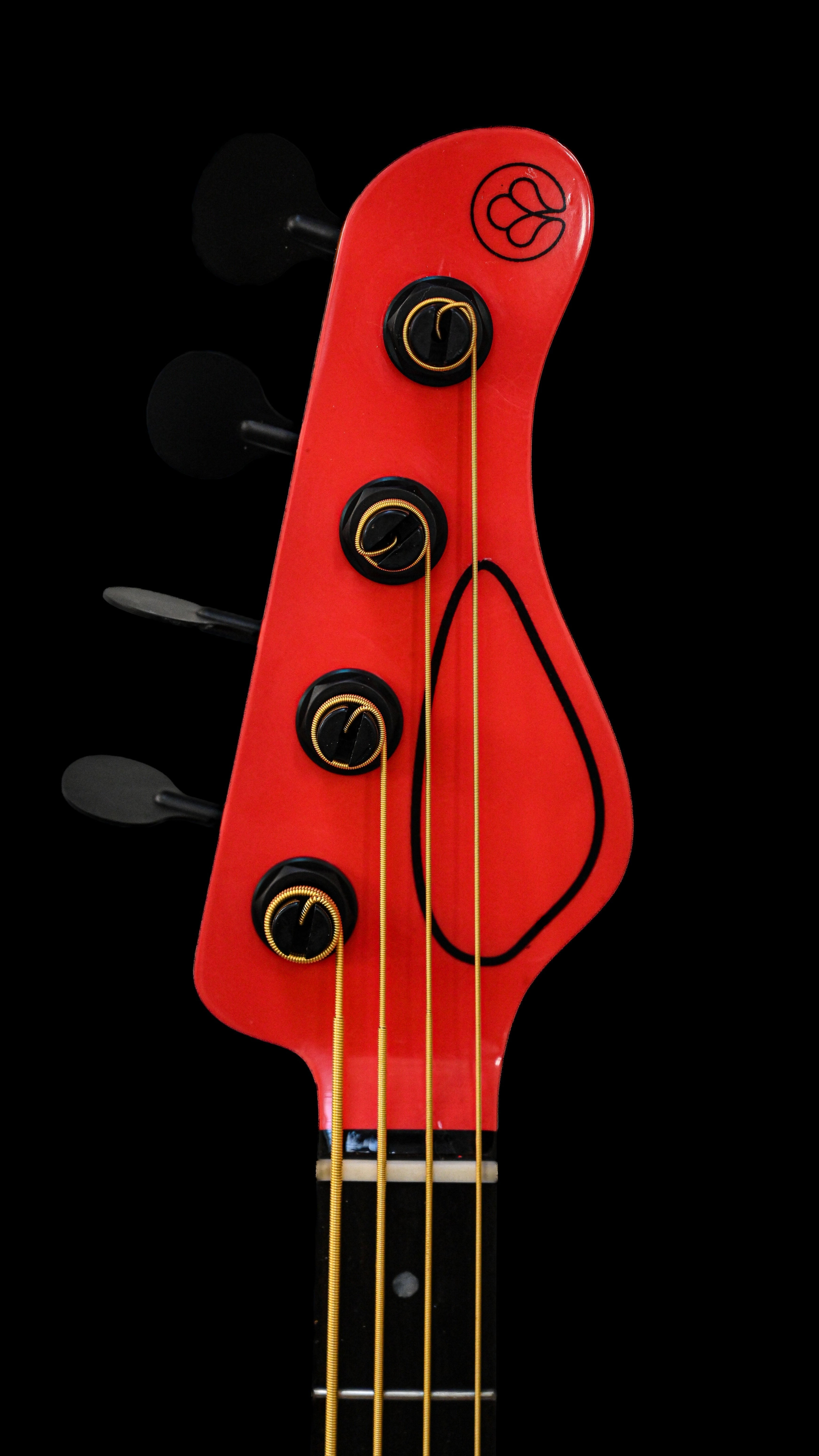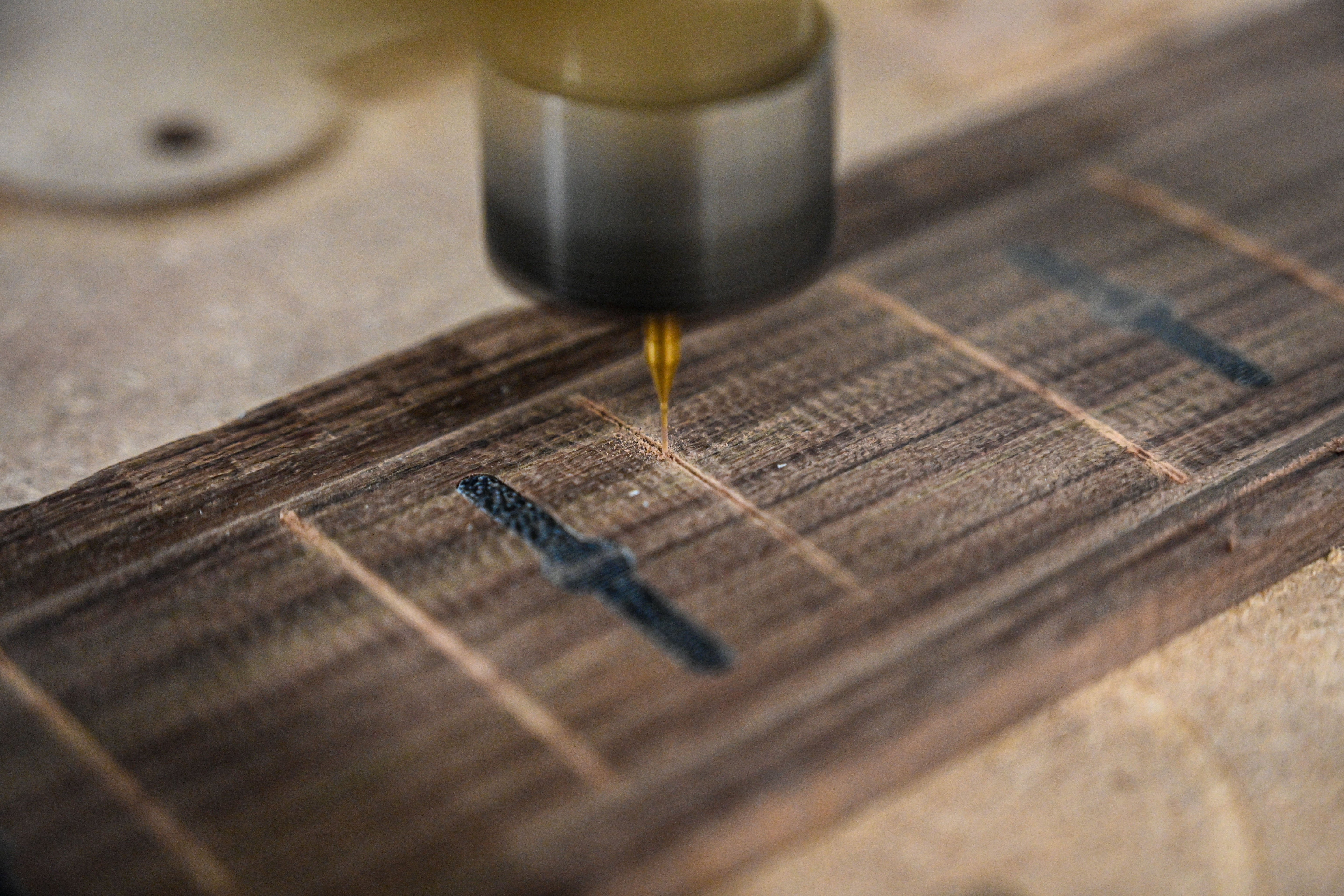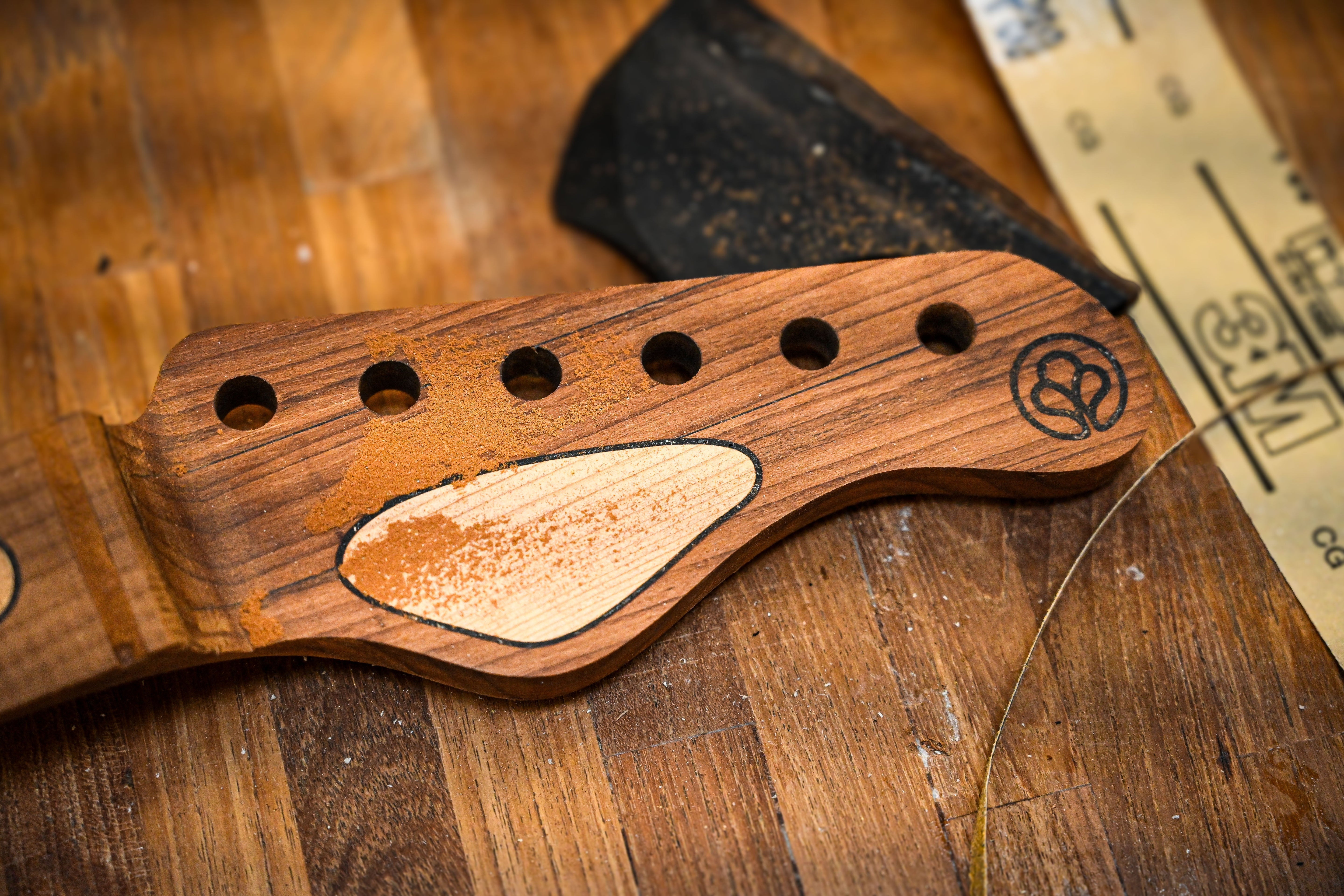Infos, Hot Takes and Science
Truss Rods and Neck Relief: A Luthier’s Guide to Guitar Setup
Want your guitar to play smoother and sound better? This guide breaks down everything you need to know about Truss Rods and Neck Relief—from how they work to adjusting them safely. Whether you're a DIY enthusiast or just curious, this luthier-approved article covers the essentials for better tone, action, and playability.
This in-depth guide explores everything you need to know about guitar and bass pots. Learn how different pot values, tapers, and types affect tone and functionality. Whether you're working with passive circuits or active electronics, this article covers the best options for volume, tone, and blend controls—with practical installation tips and insights into modern trends like smart pots.
Top 5 signs your guitar needs a setup
Is your guitar no longer responding like it used to? Buzzing strings, approximate tuning, degraded playing comfort… All these signs indicate that a setup is needed.
In this article, we review the five most common symptoms and explain why a professional setup can radically transform your playing experience.
Guitar Setup : What is it ? (and what it isn't)
A professional setup can make your guitar or bass feel like a whole new instrument — but there’s often confusion around what a setup actually does. This article breaks down what’s included in a setup, what improvements you can realistically expect, and where the limits lie. From action and intonation to pickup balance and tuning stability, we’ll cover how a setup works and how to communicate your preferences to get the most out of the process. Whether you're a seasoned player or new to the world of lutherie, understanding this service will help you play better — and avoid disappointment.
Strings Attached: Understanding Guitar and Bass Strings
This in-depth guide breaks down the components that make up guitar and bass strings, from core materials and winding methods to gauge selection and lifespan. Learn how tension, construction, and maintenance affect tone and playability. Whether you're a player searching for your sound or a builder refining your craft, understanding strings is essential.
Why Fretslots ? Fret slots are critical to a guitar’s performance, yet often overlooked. This article explores slotting techniques, common pitfalls, and why radiused fret slots are a superior choice for serious luthiers.
Custom Guitar 101: Everything You Can Customize
Curious about building a custom guitar? This article breaks down every major customization option available in high-end lutherie—from woods and neck profiles to pickups and aesthetic details. Whether you're a seasoned player or a curious first-timer, learn how tools like the Belforti configurator help you design the perfect instrument with ease.
2025 Guitar Trends: Materials, Specs, Styles, and Sounds
In 2025, the guitar industry embraces a refined balance between tradition and innovation. Sustainability drives tonewood choices, with roasted maple, regional species, and reclaimed materials gaining ground. Specs focus on playability, with compound radius fingerboards, ergonomic necks, and noiseless electronics becoming standard. Visually, vintage-inspired designs meet modern aesthetics like metallic finishes and aged hardware. Sonically, players seek clarity and dynamics over raw power, favoring versatile electronics and responsive pickups. Sustainability is no longer optional — eco-friendly finishes and responsible sourcing are integral to premium craftsmanship. Overall, the guitars of 2025 reflect a market that values comfort, individuality, and environmental responsibility.
Gloss vs. Matte: The Feel, the Look, the Legacy of Your Guitar Finish
Choosing between gloss, matte, or satin guitar finishes is more than an aesthetic decision — it shapes your experience with the instrument over time. Gloss finishes offer stunning brilliance and highlight the guitar's curves and grain, but require regular maintenance to preserve their shine. Matte finishes provide a smooth, non-sticky feel with a muted, natural look, hiding fingerprints well while developing character as they wear. Satin finishes sit comfortably between the two, offering a soft sheen and a balance of visual appeal and practical comfort.
Each finish evolves differently, with gloss gradually softening in high-contact areas, and matte and satin subtly polishing themselves through play. Ultimately, the right choice depends on your personal style, your playing habits, and the story you want your guitar to tell as it ages alongside you.












